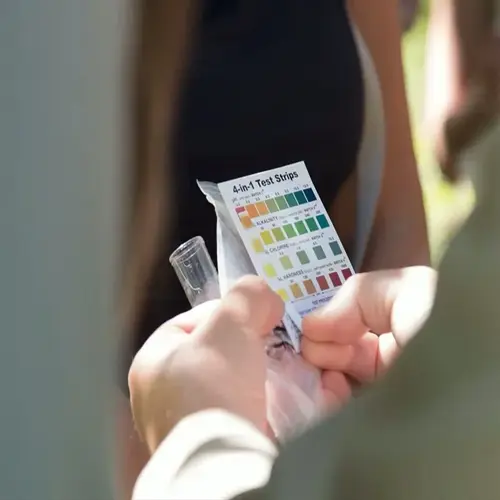What is the most toxic plant to pets?

Written by
John Williams
Reviewed by
Prof. Henry Webster, Ph.D.Lilies are very hazardous, especially to cats. The ingestion of a single leaf or pollen grain produces renal failure within two days.My experience in veterinary medicine is that many owners are unaware of the early signs (such as lethargy) of the disease. All of these plants should be completely eradicated from any home that houses felines.
Sago palms produce cycasin toxin that destroys liver tissue. Dogs that dig up seeds have vomiting and bloody diarrhea. I treated a Labrador that needed a transfusion after chewing on one frond. Never plant them in yards available for curious pets.
Lily Exposure Protocol
- Cats: Rush to vet within 6 hours of contact
- Dogs: Induce vomiting only if directed
- Rabbits: Isolate and monitor kidney values
- Guinea pigs: Provide hydration support immediately
Sago Palm First Response
- Liver protection: Vet administers N acetylcysteine
- Blood monitoring: Check clotting factors every 8 hours
- Decontamination: Gastric lavage for recent ingestion
- Hydration: IV fluids prevent organ shutdown
All species are susceptible to cardiac arrest resulting from oleander poisoning. I had an account of a case involving a dog that collapsed after chewing on some landscape trimmings. Every part contains toxins, even dried leaves. Avoid this plant completely in areas accessible to pets.
Castor bean seeds have ricin, which causes organ shutdown. I had a Chihuahua in my clinic that almost died because it ate one seed. We quickly decontaminated her, and she made it. Keep these seeds out of reach of animals.
Prevention is the way to go; substitute lilies for orchids and sago for parlor palms. I renovated my garden with only pet-safe plants from the ASPCA lists. You can create safe environments with plants that are chosen wisely.
Read the full article: Toxic Plants for Pets: Ultimate Safety Guide
